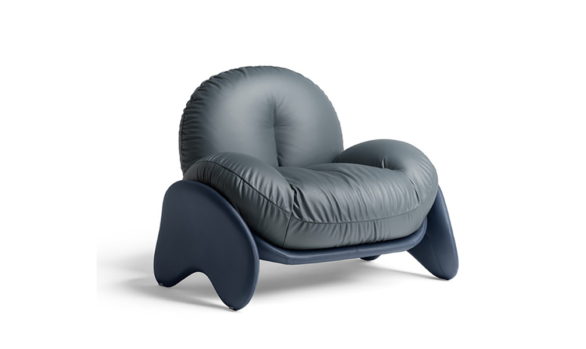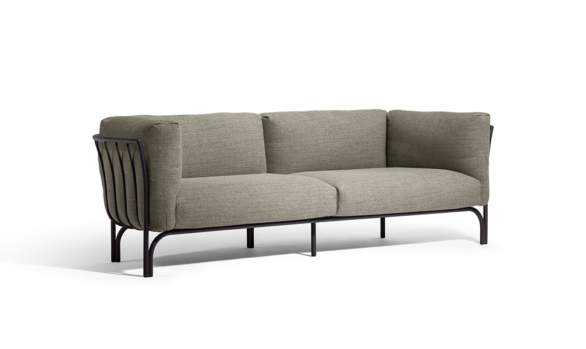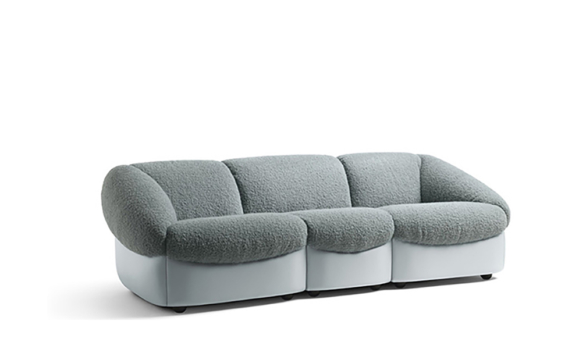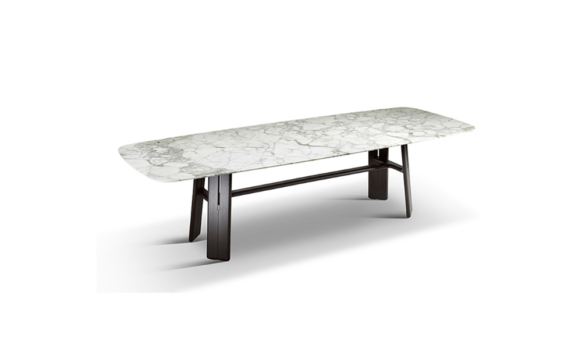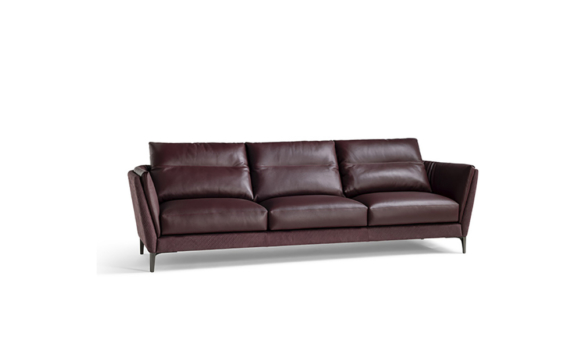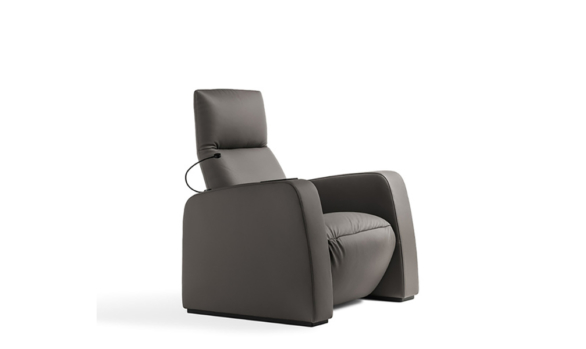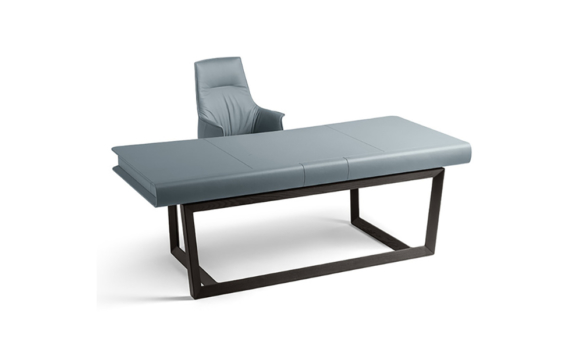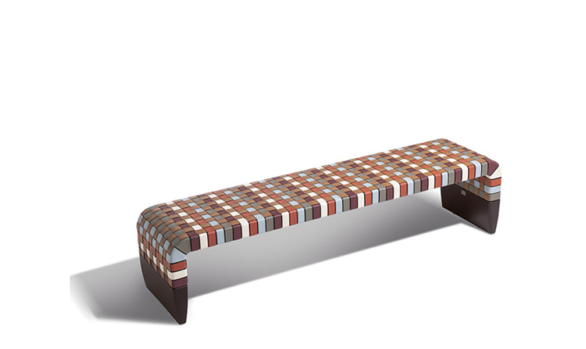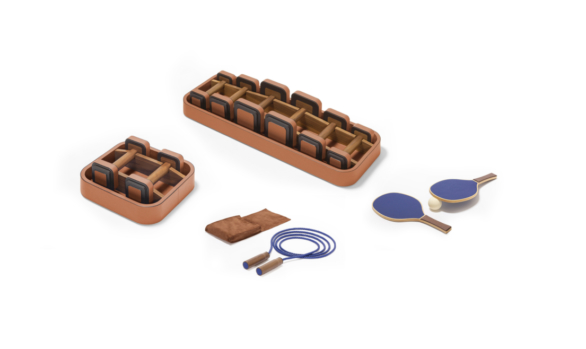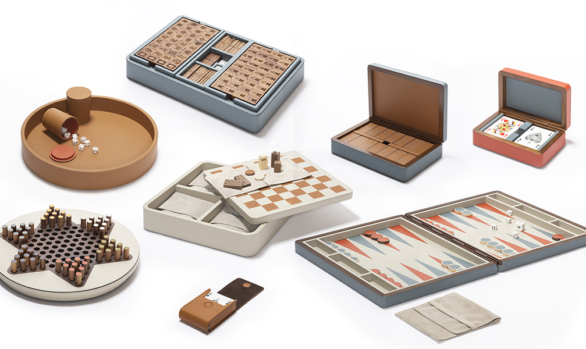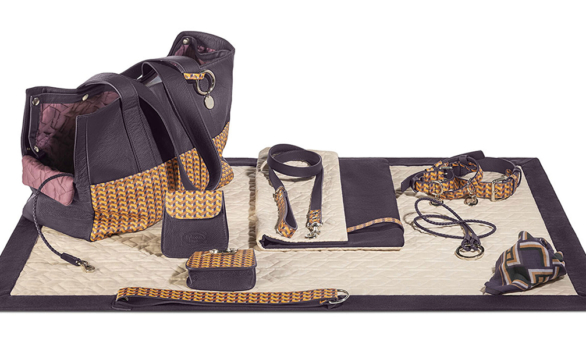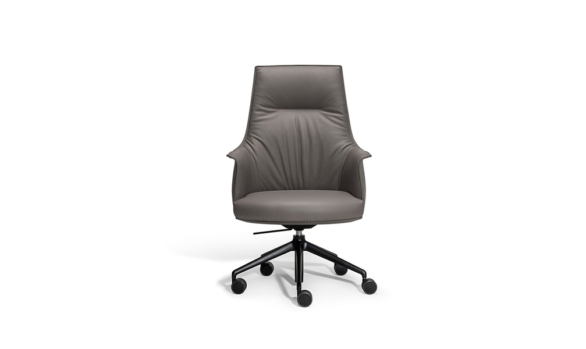Understated and refined, the Kyoto table by architect and designer Gianfranco Frattini is the perfect blend of design vision and master craftsmanship. In the early 70s, during a trip to Japan to study the work of the local craftsmen, Gianfranco Frattini visited the craft workshops of Kyoto together with expert carpenter Pierluigi Ghianda, who would become his friend and collaborator.
Inspired by the processing techniques and aesthetics of these places, the designer came up with the idea for the joint that would form the basis of the table of the same name, production of which began in 1974. Kyoto immediately became synonymous with a concept of understatement which, as in the best Italian design tradition, combines a brilliant idea with impeccable execution. In the Kyoto table the construction concept becomes the object itself. The absence of decorative elements exalts the beauty of the raw material – the Canaletto walnut inserts have a precise strengthening function – requiring great technical ability and care as well as an in-depth knowledge of the material. Revisited by Poltrona Frau with complete respect for the original project, the Kyoto table reflects the skills and expertise of a new wave of artisans, heirs of the rich Italian wood crafting tradition, and stands alongside Albero and Turner as an example of high-end craftsmanship.The Kyoto table forms part of the permanent collection of the Design Museum at the Milan Triennale.
The Kyoto table is available in the square 102 cm version with height of 32 cm, or in the 102×49 cm version, also 32 cm high. The surface and legs are in Extra light solid beech wood with solid Canaletto walnut inserts at the end of the boards that make up the top. The wooden boards are connected with 45° joints that form a square pattern. Slide-off counterpoise legs that can be positioned as desired.
All surfaces are treated with a protective transparent varnish.
The Poltrona Frau logo and the designer’s signature are laser engraved on one of the faces of the leg supports.

